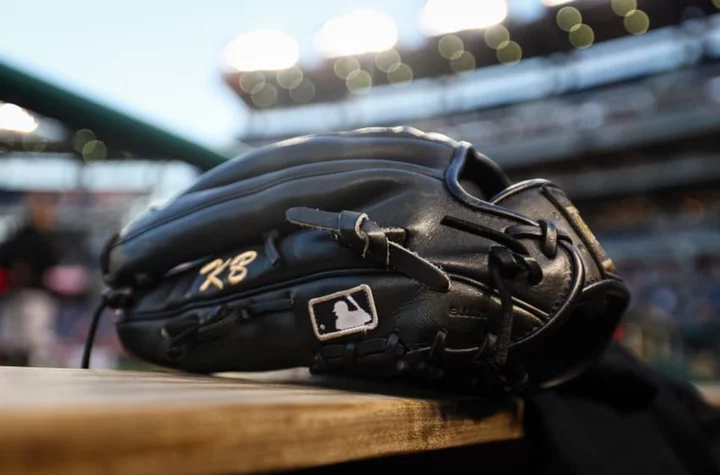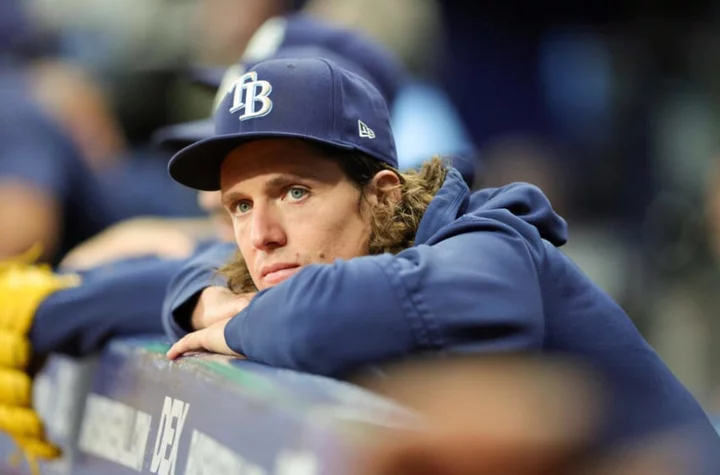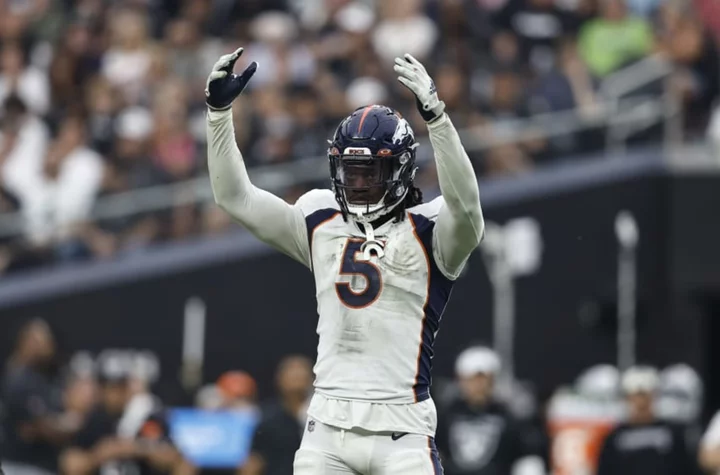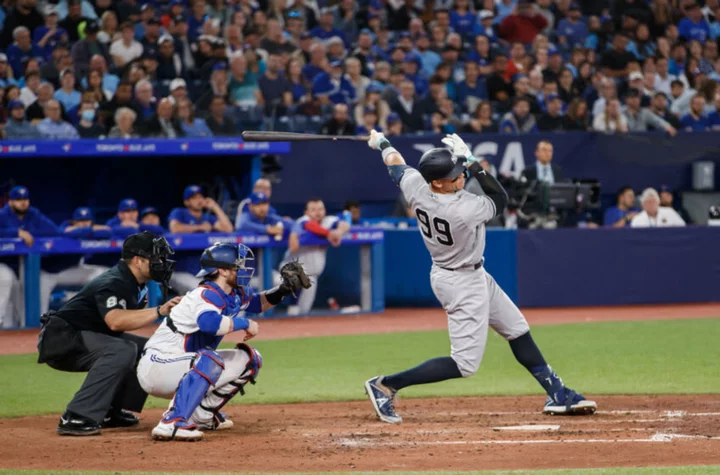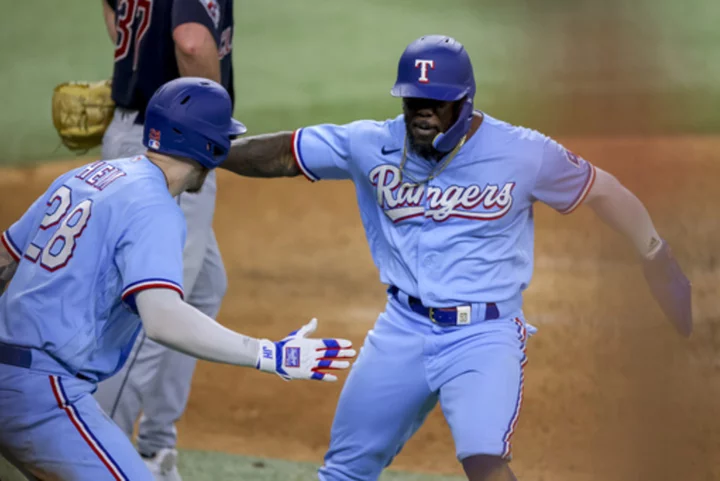While most American pro sports typically follow a best-of-7 format for their postseason series, the MLB walks to the beat of its own drum. The first two rounds of the MLB postseason are shorter than the final two rounds, and in many ways, it ups the intensity and importance of each game.
Here's everything to know about the format, and most importantly, the length, of a Wild Card series in MLB.
How long is a Wild Card series in MLB?
MLB Wild Card series are best-of-3, which means they can feature as few as two games, but as many as three.
Barring weather, all three games are played in consecutive days at the home field of the lower-seeded team (i.e. a No. 2 team would host a No. 3 or lower). The MLB schedules them this way so that there is minimal wait time for the NLDS opponent, who faces the winner.
Two teams in the American League and National League get a bye, so they're waiting on the winner of the Wild Card series.
When did MLB introduce Wild Card? Full timeline
A Wild Card first made its appearance in 1995 according to MLB. A second Wild Card team was added in 2012.
Then, just recently in 2020, the field expanded to eight teams per league (it had previously been just five on each side, three division winners and two Wild Card teams), a concession for a Covid-shortened season.
In 2021, it returned to the pre-Covid but post-2012 format: Divison winners and two Wild Cards.
Finally, in 2022 it expanded once more to welcome a third Wild Card team, which means 12 of the 30 teams make the postseason, six from each league.
Here's how many teams were in the postseason each year (1994 there was no postseason due to a lockout):
2023 MLB playoff field
Seeds four and lower are Wild Cards. Seeds one and two get a bye to the divisional round.
American League
- Baltimore Orioles
- Houston Astros
- Minnesota Twins
- Tampa Bay Rays
- Texas Rangers
- Toronto Blue Jays
National League
- Atlanta Braves
- Los Angeles Dodgers
- Milwaukee Brewers
- Philadelphia Phillies
- Miami Marlins
- Arizona Diamondbacks

